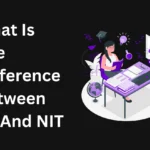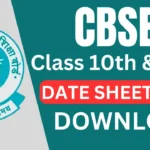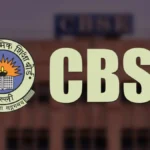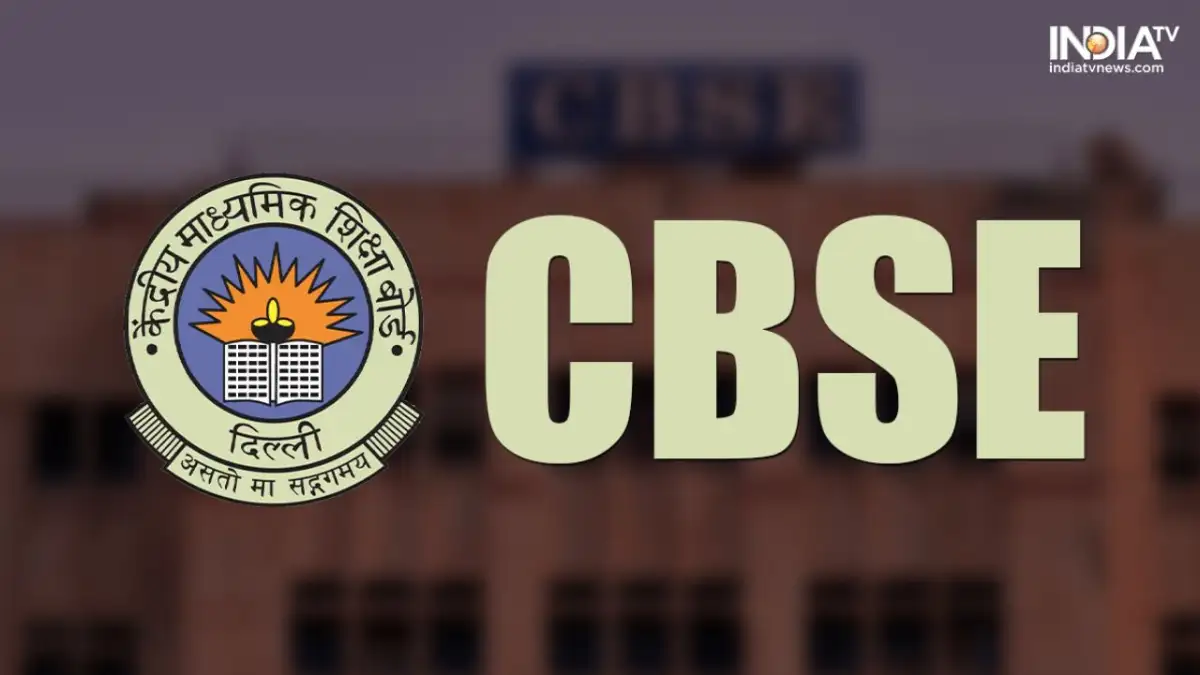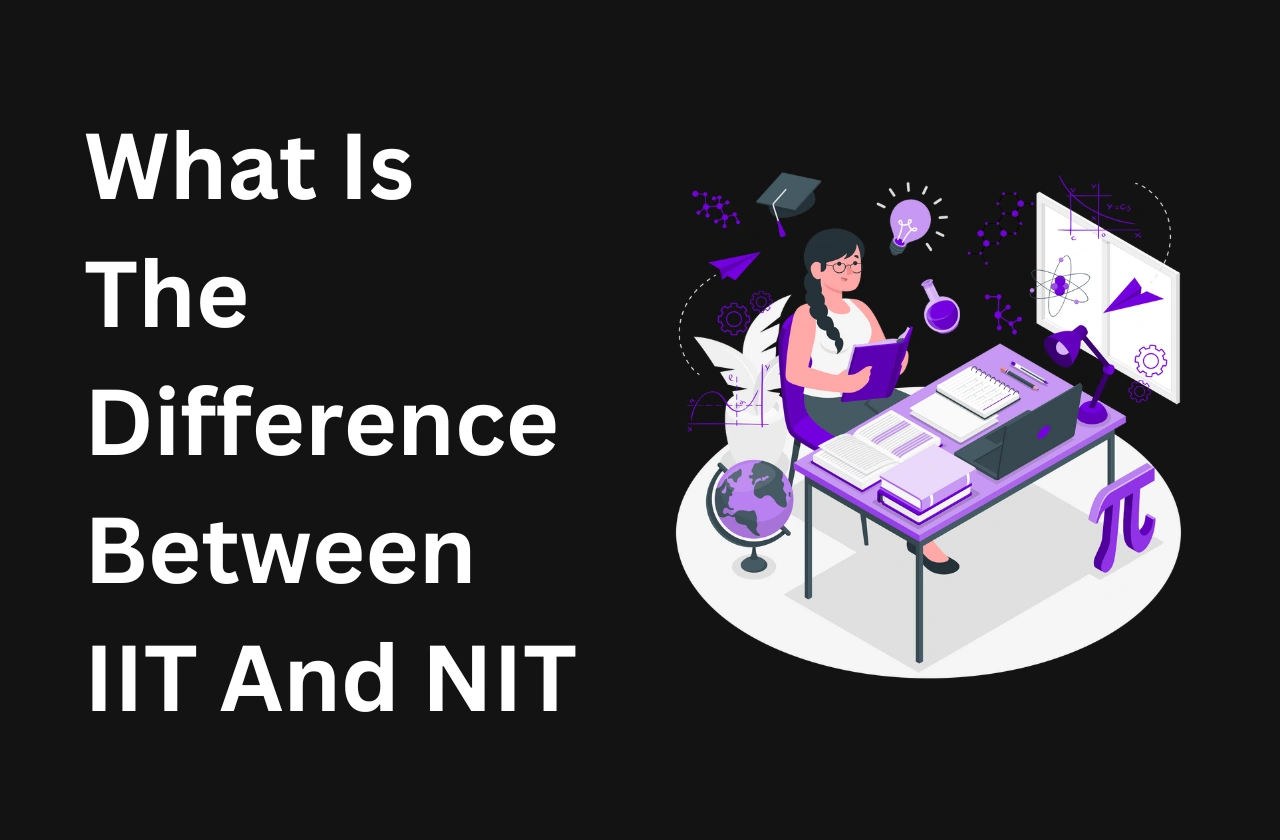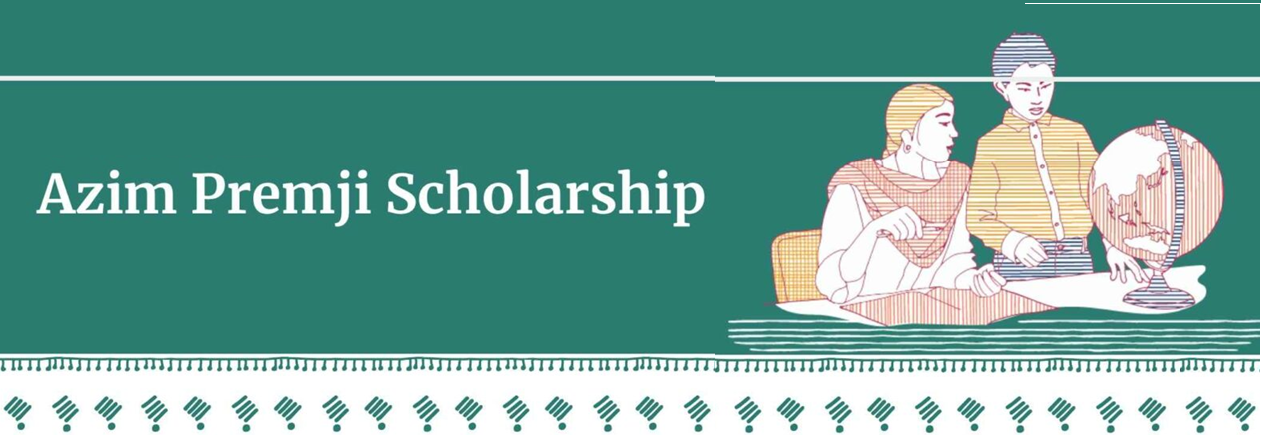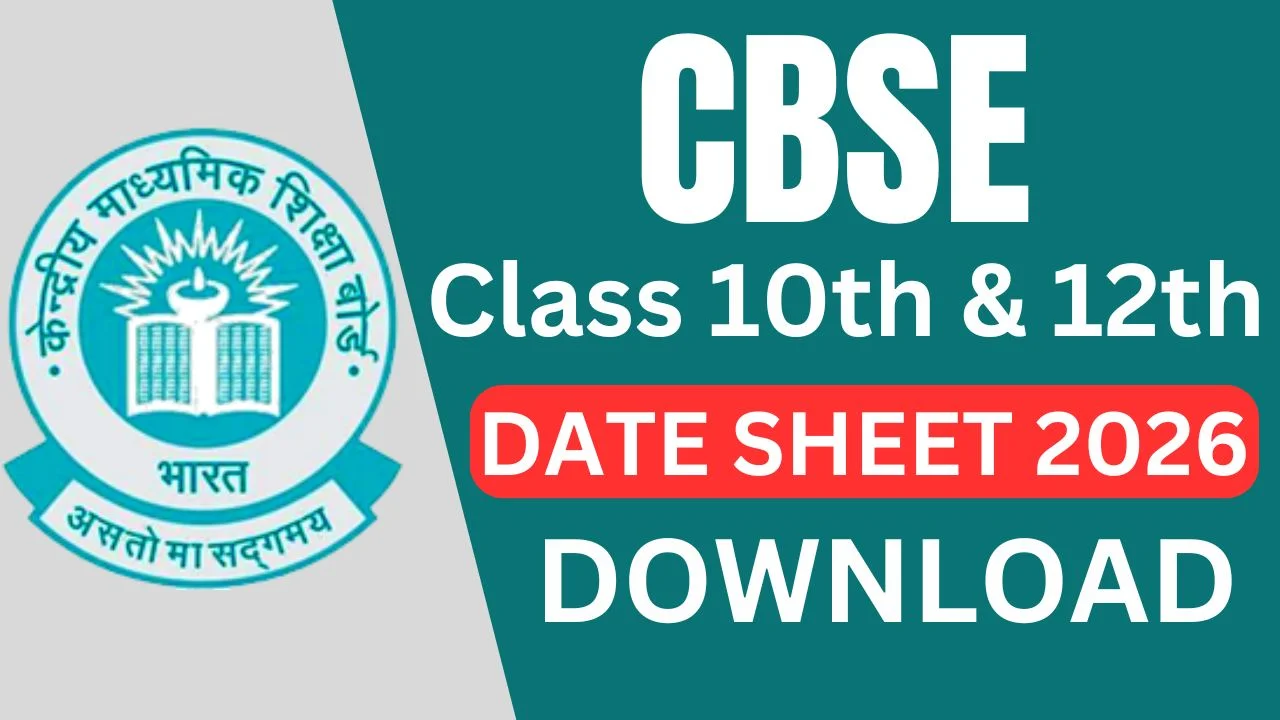When you inquire about their kids’ education in the future, the one term that Indian families mention is CBSE. The Central Board of Secondary Education is not just a statutory authority; it is an entire intellectual framework that supports millions of budding scholars every year. From the skyscrapers of Delhi, every nook and cranny of even the most distant Bombay-styled campus covers Dubai; CBSE institutions will almost have strung the educational base in a homogeneous pattern across continents to create a common ground for learning, wherein the students could flourish.
What Defines CBSE?
The Central Board of Secondary Education. It is a national controlling body of education that oversees thousands of schools and institutions, spread all over India and the world, both government and private. The Ministry of Education controls it. CBSE has a very clear, learner-friendly, and practice-oriented approach.
Well, certainly it has not been one for sending down a hurly-burly of textbooks like every other board; it goes firmly along with NCERT published books; these clear, short, easy-to-understand texts make them indispensable for families in the city and moving in and out for working purposes.
A Concise Chronicle of CBSE
came slowly into being after decades of evolution. In 1921, the school concept germinated, and it crystallized into the present identity in 1962. The sole vision was to create a uniform educational network across India so that children of transferable families could study in an uninterrupted atmosphere without much disruption to their academics.
CBSE has gone beyond borders over time, really turning itself into an international education standard. Currently, it has over 27,000 schools in India and more than 240 affiliated schools abroad, which bear testimony to its universality and acceptance across borders.
Governance and Framework
The governing body consists of a Chairperson and a Governing Body, which several members look into ensuring that standards are maintained during examinations and the results are published with discretion. Strong cooperation with NCERT brings in homogeneity in the country in matters of teaching and learning, making CBSE a reliable academic lighthouse.
Central Board of Secondary Education Curriculum: A Pathway of Progressive Learning
One of CBSE’s cardinal strengths is the curricular philosophy based on understanding rather than rote learning.
Primary Classes (I-V)
Children holistically start learning literacy, numeracy, environmental sciences, and social values. The pedagogical objective is to make learning enjoyable through play, interactive activities, and introductory exercises.
Middle & Secondary (VI-X)
In Mathematics, Science, and Social Science, learning deepens. CBSE encourages reasoning through inquiry and application, steering students away from rote learning. The Class X Examination is the main juncture for stream selection.
Senior Secondary (XI–XII)
At this stage, students choose academic trajectories:
- Science Stream – Physics, Chemistry, Biology, Mathematics, Computer Science
- Commerce Stream – Accountancy, Economics, Business Studies, Entrepreneurship
- Humanities/Arts – History, Political Science, Sociology, Psychology, Fine Arts
Central Board of Secondary Education Examinations: The Defining Benchmark
The Class X Examination tests basic skills while advising students in choosing the right career pathway.
The Class XII Examination, on the other hand, is very important for admission into universities both within and outside the country.
Apart from the school-level tests, CBSE, the conducting body of the JEE Main and NEET, has established its relevance in professional gateways. Its integration with these premier national tests increases its stature even more.
Evaluation Approach
CBSE has shifted from a one-dimensional grading system and has previously introduced the CCE (Continuous and Comprehensive Evaluation), which covers scholastic activities as well as co-scholastic ones. Today, this is all balanced between internal assessment, project work, and terminal exams so that they can show versatility as well as creativity. This helps alleviate pressure and brings out individual strengths.
Merits of CBSE
- International Acceptance: Accepted by both Indian and foreign universities across the world.
- Learning Made Easy: focuses on essential knowledge with the help of NCERT.
- Edge Over Competitors: Strong alignment with the fundamentals of JEE, NEET, and UPSC.
- Comprehending Concepts: Promoting understanding instead of rote learning.
Limitations of the Central Board of Secondary Education
- The bitter competition in exams creates mental pressure.
- The investigations in the syllabi may not be as minutely microscopic as those specified under ICSE or IB, which sometimes tend to explore the subject in greater depth.
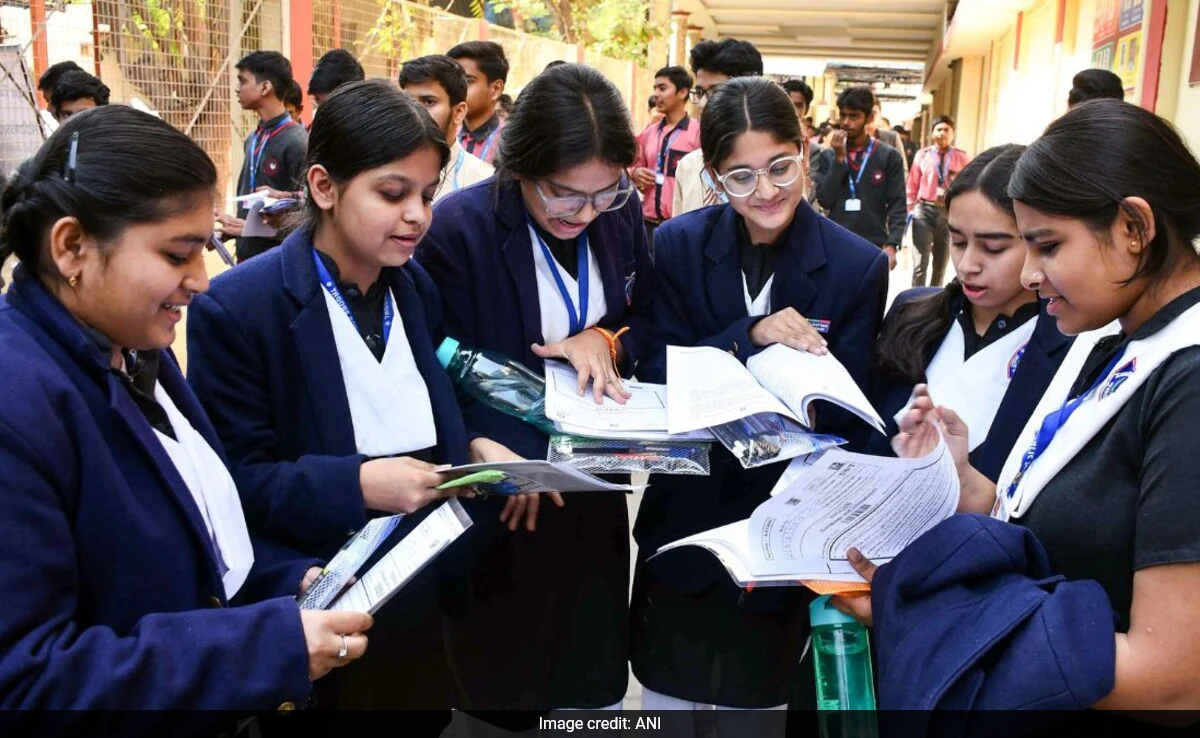
CBSE in Comparison
- CBSE vs ICSE – ICSE is very comprehensive from all angles, but CBSE makes things simple and focuses mainly on the exams.
- CBSE vs State Board – CBSE is meant to provide uniform standards and guidelines for all states, unlike the state boards, which are specific to regions.
- CBSE vs International Board / IGCSE- International systems are flexible across countries, but highly expensive. CBSE is comparatively very affordable, yet Indian in approach.
Digital Transformation in the Central Board of Secondary Education
The board has widely adapted to digital innovations. Initiatives such as DigiLocker certificates, e-learning platforms, AI-driven pedagogy, and smart classrooms have taken traditional learning into an advanced tech-enabled experience.
Affiliation Protocols
A school aspiring for affiliation must meet high standards of infrastructure, faculty, and safety. These standards act as a guarantee for the reputation of all schools anywhere.
CBSE’s Bond with Competitive Examinations
The NCERT syllabus is the foundation for the preparation of aspirants to JEE, NEET, and UPSC; hence, an unrivaled synergy exists between school studies and national aspiration.
Future Trajectory of the Central Board of Secondary Education
As guided by the New Education Policy (NEP 2020), the CBSE has embarked on a revolutionary journey of transforming multidisciplinary, creative, and skills-based learning. The subjects have been introduced in the curriculum, ranging from coding to critical reasoning, arts, to vocational skills, creating a better ecosystem for the future.
Study Recommendations for Scholars
- Put the NCERT books before anything else.
- Attempt solving sample papers and past year question papers repetitively.
- Set up a timetable with strict adherence to its implementation.
- Revising topics and staying calm during examinations should be a habit.
Denouement
The Central Board of Secondary Education is more than an examination authority; it is indeed the national stage that nurtures ambition, excites curiosity, and opens doors to avenues of opportunity worldwide. It’s a fairly simple syllabus, a rational approach in its examination pattern, and linkages with competitive exams make it the nation’s choice over generations.
The Central Board of Secondary Education is steadily integrating digital frameworks and NEP reforms and offers students greater autonomy to explore their own talents and intellectual curiosities. For parents and students seeking reliability, recognition, and all-around growth, the beacon of India‘s educational horizon is.
Also Read: Jammu & Kashmir University: A Window into Wisdom and Wonder

